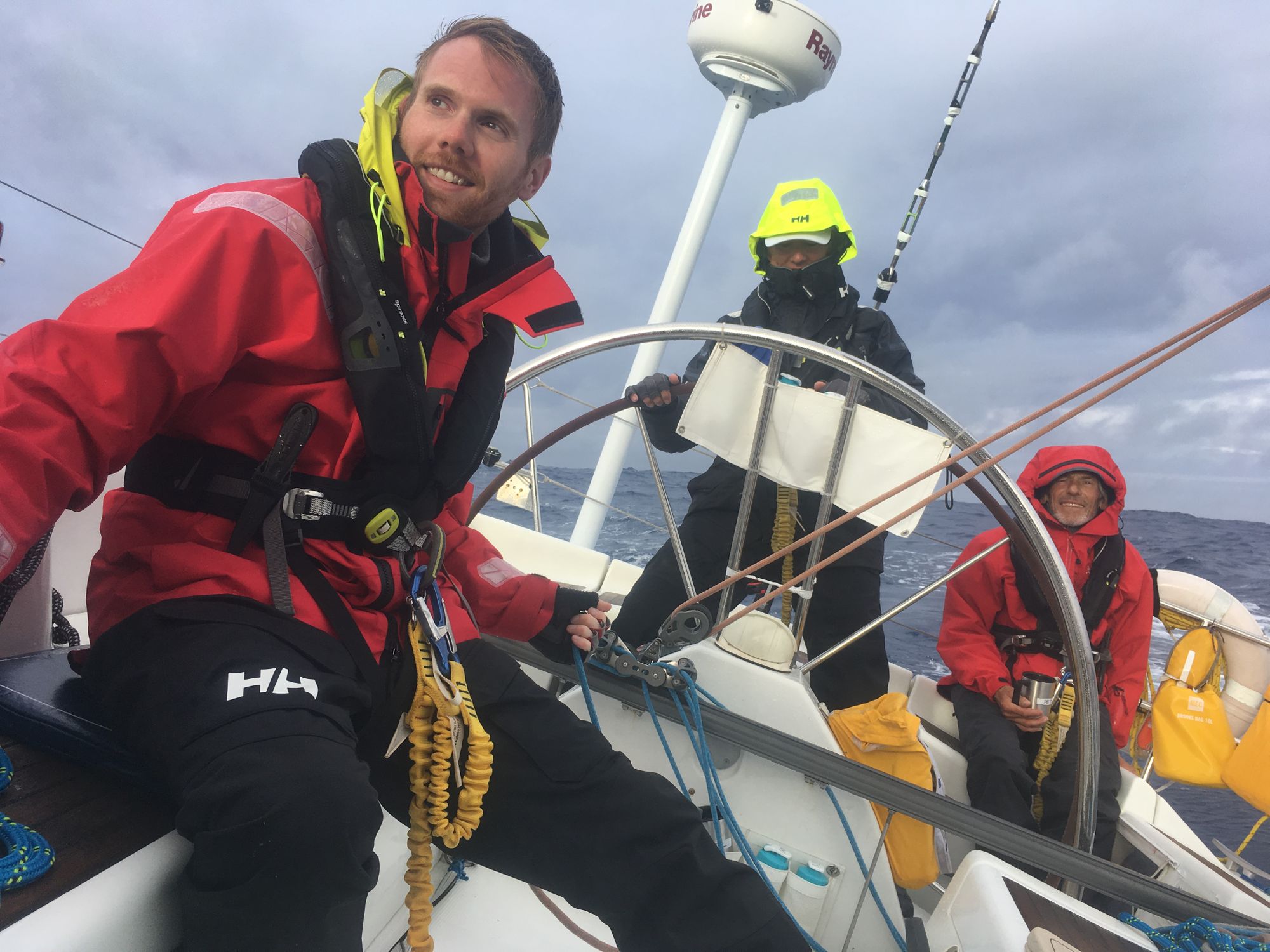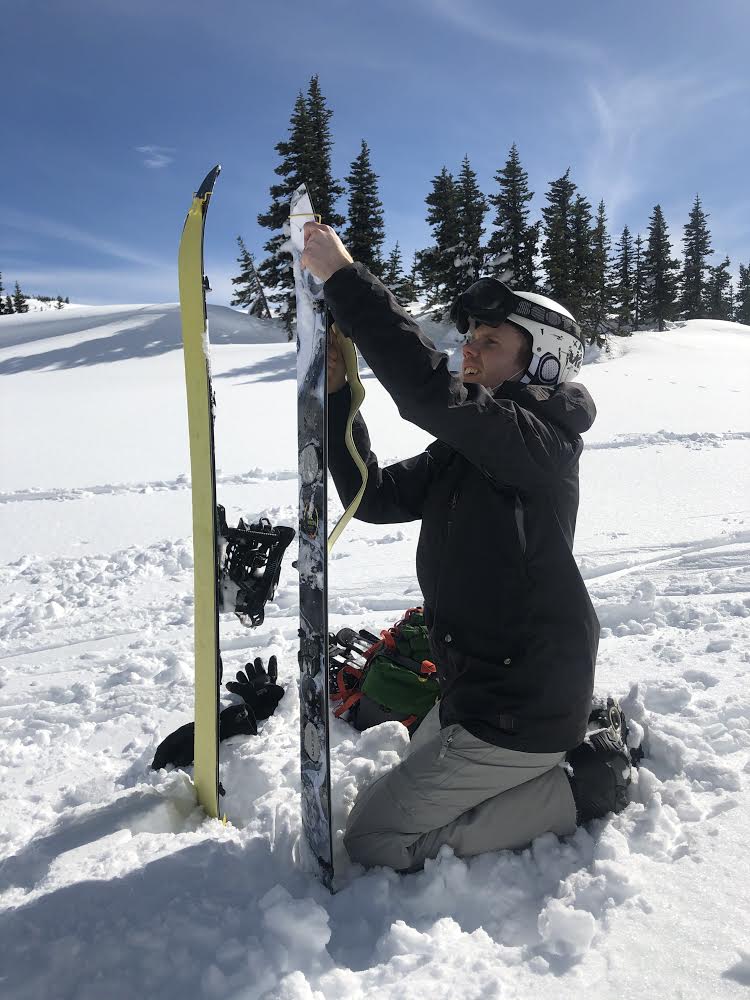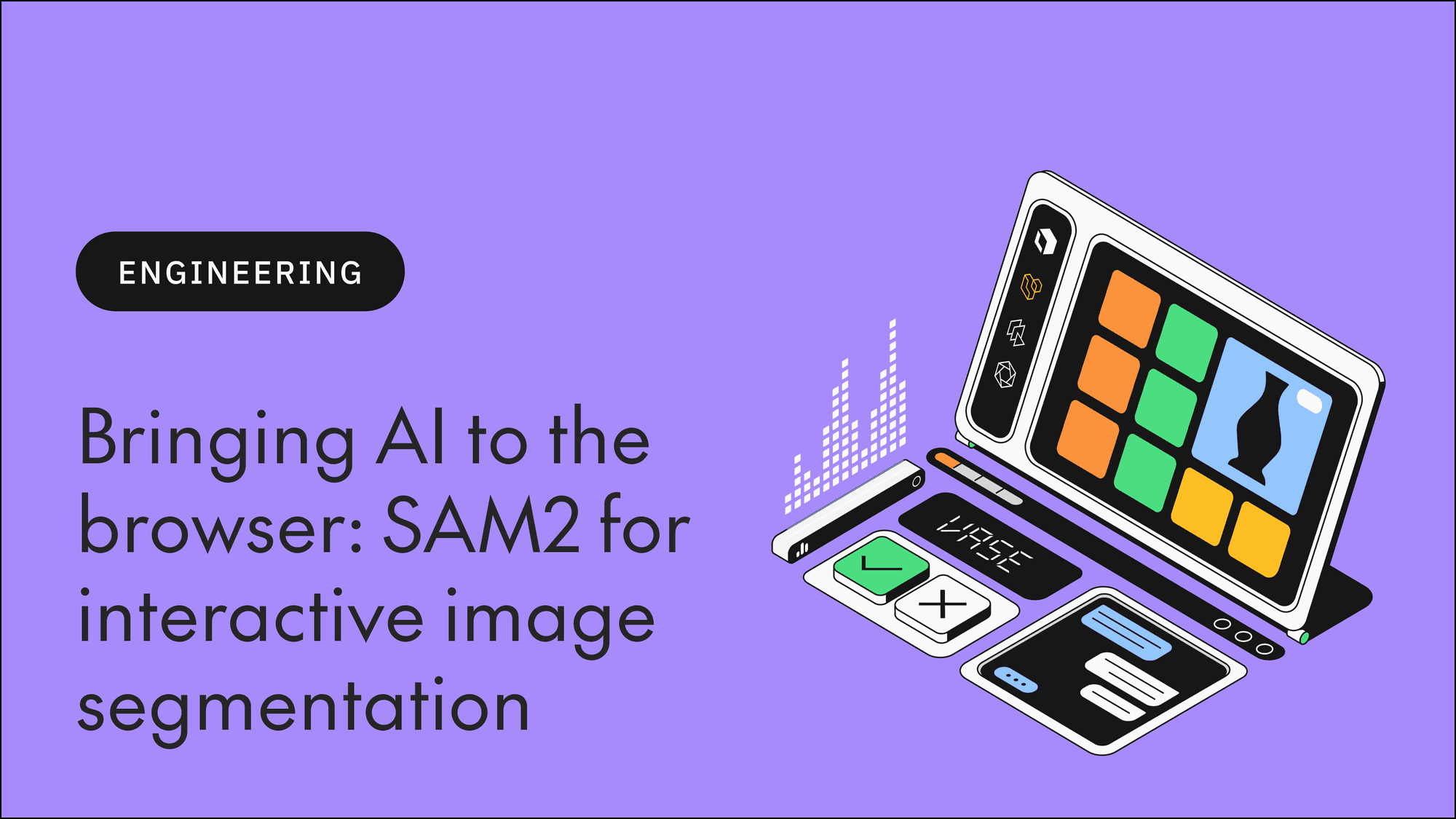Labelbox•June 4, 2021
Labelboxer Spotlight: Ian Kerr, Software Engineer

In this spotlight, we’re getting to know Ian Kerr, a Staff Software Engineer based in Canada. Ian has been with Labelbox since August 2020. Outside of work, he enjoys spending time with his wife and two-year-old son and experiencing nature by hiking, camping, surfing, and sailing.
How did you become an engineer?
Coding has been a hobby of mine since seventh or eighth grade. I remember picking up the OpenGL “Red Book” in eighth grade to learn 3D graphics programming so that I could make video games. I went to the University of Waterloo in Canada and studied math and computer science. They have a great co-op (internship) program, so I was able to work for a variety of companies before I graduated.
When I graduated, I worked at Side Effects Software on their production renderer, implementing things like sub-surface scattering and hair/fur rendering. Then I joined a startup named Verold, developing tools to create interactive 3D experiences in the browser based on WebGL. That startup was acquired by Box, and we incorporated our tech stack into their product so that users could upload and preview various 3D file formats natively in their browser. After doing that for a few years, I joined Labelbox!

Why did you decide to join Labelbox?
My background is in graphics programming, so I was excited about the opportunity to work on the Label Editor — the frontend that enables users to label their images, video, tiled imagery, and text assets. I also wanted to get back to a fast-paced startup environment and learn more about machine learning (ML). Labelbox seemed to offer the perfect blend of what I was looking for. What sealed the deal for me was talking to the team and leadership throughout the interview process. They seemed to be great, talented people to work with — and they have been!
What’s unique about the engineering problems at Labelbox?
Everything is evolving at a rapid pace. The product, the codebase, and the teams are all growing and maturing. There’s a constant balancing of shipping products to customers while ensuring that we’re making good engineering decisions so that we can continue to ship quickly in the future.
This makes it a very exciting time to be at Labelbox, because a lot of core architecture and design decisions need to be made. But we can’t take years to do it — we need to aggressively prioritize based on what will bring value to customers and incrementally improve our architecture as we go. I think that this balancing of priorities, based on where we are as a company, coupled with the fact that we’re creating a category defining product, makes for some very interesting engineering challenges.
What have you learned during your time at Labelbox?
The tech stack is more modern than at companies I’ve worked for previously, so I’ve had to get up to speed with GraphQL, React, and Typescript. One of the first projects I took on after joining was improving our asset import pipeline by allowing customers to host their own assets in an S3 bucket, while providing access to the Labelbox app in a secure and seamless way. To do that, I had to do a fair bit of research into AWS Identity and Access Management (IAM), delegated access, etc.
Given the nature of the work and the product, I’ve also picked up a lot of knowledge about ML and data labeling, which has been fun!

Which Labelbox value resonates with you the most and why?
Seek to understand. It’s probably because I’m an engineer, but I feel like it underpins the other values: Make customers win and Craftsmanship.
If we’re really working to understand the customer and their use cases, I think we put ourselves in a position to help them win.
— Ian Kerr, Staff Software Engineer
And if we’re seeking to understand engineering problems, I think we’ll naturally achieve a high level of craftsmanship.
What are you excited about currently?
We’re making a lot of improvements to our asset import pipeline and doing a much better job of bubbling up issues / errors to the user. This will allow customers to fix problems with their data before they get to the labeling stage, and it also means that we should be able to simplify a lot of our asset loading code in the Label Editor.
I’m also excited about digging into graphical performance in the Label Editor and making improvements there to make the entire experience more snappy.

Want to join the Labelbox team? Explore our open positions and apply today. Stay tuned in the coming months for more spotlights on Labelbox employees!

 All blog posts
All blog posts

